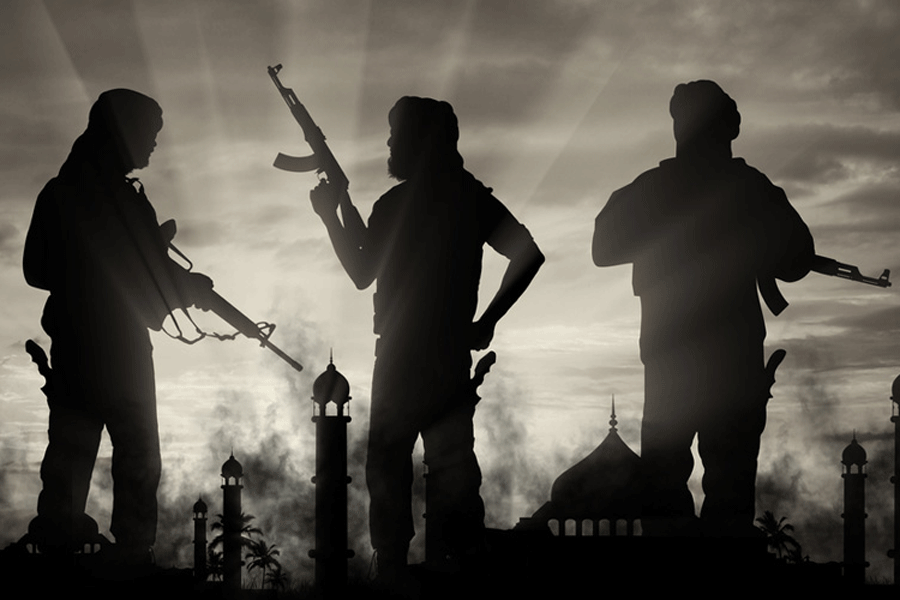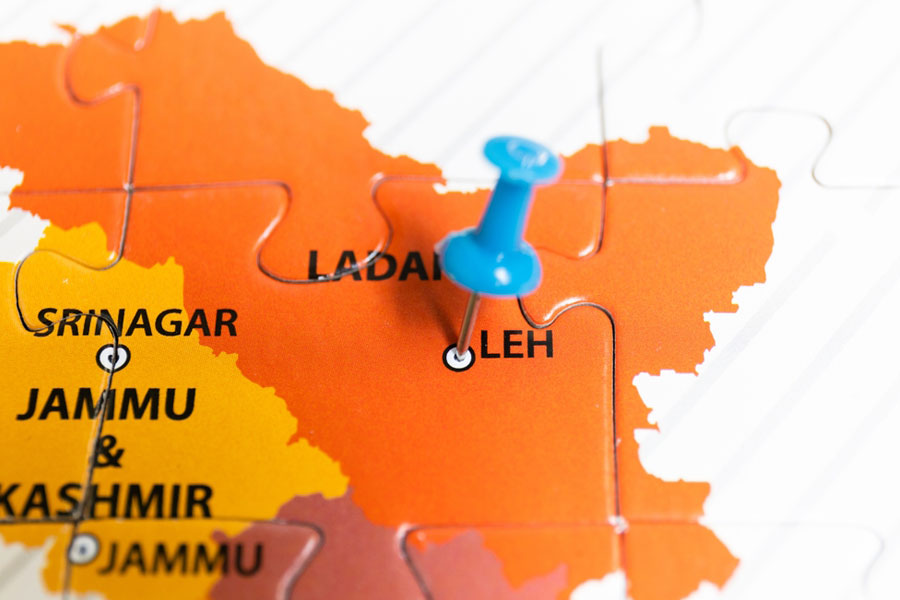
There are travellers who like to fight against wind and hailstorms to actively explore a place. And then there are those who enjoy sinking into a bubble bath, with a glass of locally made wine in hand, letting the essence of the place come to greet them. For them, any journey would be incomplete without a sojourn at a grand hotel. But there are stories behind the luxuries that money can buy, stories that impart to these hotels their identity. Adrian Mourby's new travelogue offers such glimpses from the inside, taking the readers on a tour across more than 13 countries, halting at 50 grand hotels.
As Mourby mentions in the Introduction, most hotels grow to attain a similar level of opulence and service, but what sets each of these apart is the varied beginnings. Take, for instance, Hotel Monteleone in New Orleans. This grand hotel with its famous carousel bar was founded by an Italian immigrant cobbler, whose strong rapport with his staff and cheap rents made the hotel successful since its very early days. Again, the book reveals how the creation of the delectable Sacher torte earned the hotel its reputation almost in an instant. The writer also dwells at length on the contribution of César Ritz as a hotelier.
Mourby captures the literary or cultural circles which frequented the specific hotels. The anecdotes are interesting, with the not-yet-famous Ernest Hemingway teaching the bar staff in Milan to mix drinks and George Bernard Shaw trying to learn the tango at the Reid's Palace, Madeira. The narrative remains fresh with stories about the hotel's depiction in popular culture, be it in literature or in films. In fact, the guest list at the end of the book is star-studded, ranging from Mata Hari and Albert Einstein to Salvador Dalí (picture) and Gustav Mahler.
But the jovial tales are complemented by dark stories of suicides and assassins residing at the hotels. Mourby ensures that the readers do not miss out on the fabled ghost stories either. After all, how can a book on hotels ever be complete without referring to a haunted 13th floor?
Two Indian grand hotels, The Imperial Hotel, Delhi, and the Taj Mahal Hotel, Mumbai, also find mention in the book. The resilience of the Taj following the 2008 terror attacks, or the blueprint of Indian Independence being discussed in the ballroom of the Imperial Hotel make for an interesting read.
The book itself is succinct in presentation. The writer ponders rather briefly on each hotel, for about five pages on average. The subjects touched upon are neatly categorized, with comments on history and architecture, accompanied by a black and white photograph of the edifice.
All the while, Mourby's wry humour is a constant yet subtle presence. He also picks out a special fact or event of his choice for each hotel and highlights it in a box. Besides this, he hardly intervenes as an author. In fact, the book remains a little too objective in its approach. If it lacks something, then it is the personal touch of his previous travelogue, Rooms of One's Own.
Importantly, Mourby's selection is one of extant hotels. It is enticing for prospective visitors of today, offering them a 'Midnight in Paris' treat. What becomes evident is the author's deep understanding of the sentiment of a hotel, the idea of hospitality, new ideas of service and hard work that make the place, in his own words, a "temporary home" for a traveller.










